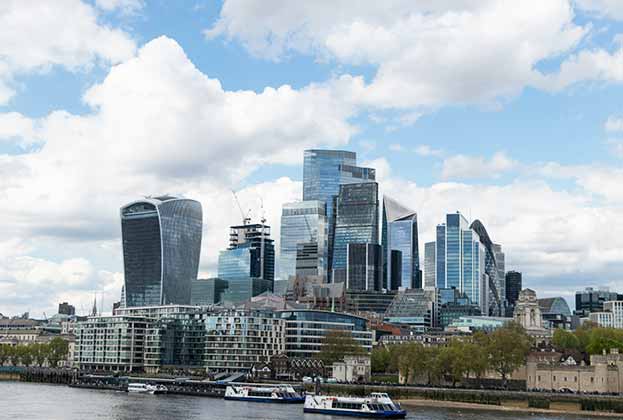According to Savills, the growth of South Korean outbound investment into global real estate is set to continue, following an all-time high in 2016 when approximately US$25 billion (equity, debt and fund of funds) was deployed overseas, significantly surpassing total domestic market volumes (less than US$12 billion of equity only).
Real estate only became a recognised asset class in Korea at the turn of the century. An evolving regulatory environment now allows for a wider variety of returns and enables Korean investors to be more competitive on pricing by splitting equity tranches. Allocations have also increased into real estate and especially toward overseas assets.
The number of Korean investors has multiplied, with new sources of capital from a second wave of investors including both institutional groups and private investors (Korea doesn’t have open-ended listed real estate funds) seeking returns in the face of inadequate domestic investable opportunities and record low interest rates.
As the first wave of outbound investors have profited, others have followed suit with Korean asset management companies growing in confidence, often using securities houses to bridge or underwrite deals, a tactic that has gained in popularity in recent years.
Korean investors are moving further up the risk spectrum, either entering new markets which provide higher yields or towards value-add strategies. Those focusing on the US have broadly shifted from equity to debt as borrowing costs rise, and attention is turning beyond tier one and two cities.
In Europe, while investors still favour gateway cities, more are considering new destinations. Eastern Europe and the Nordics are increasingly popular and the UK is back on the radar with investors considering opportunities beyond London or in logistics (the former had previously taken the lion’s share of activity). South Korea National Pension Service is trading in and out of assets, selling in Germany and (via LaSalle) acquiring in Prague, while several South Korean pension funds have moved towards separately managed accounts.
Demand for Asian real estate is growing too, due to shifting hedging costs and geopolitical issues. The focus for institutional investors is predominantly on Japan and Australia – NH Securities recently bought the Sony building in Tokyo for approximately US$300 million. There is also a growing acceptance of multi-let assets and shorter leases, with more diversified requirements as some groups begin to shift from binary income deals.
The first wave of overseas investors are actively pursuing alternative sectors or products that they cannot access domestically, such as student housing or pre-leased forward commitments.
Within Korea, there has been a pronounced increase in the number of international investors arriving, partly due to an appetite to invest (Seoul prime office yields are similar to the City of London) but moreover for fundraising purposed to take Korean cash overseas, either directly or via funds. Of the 40 overseas global properties to capture Korean outbound capital directly, over 20 now have offices in Seoul.
As more global investors than ever look to deploy capital into South Korea (50 active players with inbound investment exceeded US$4.5 billion last year), the extremely competitive marketplace is also driving Korean investors overseas. With a domestic market unable to support the weight of money, we expect Korean spending overseas to persist.
Further information
Read more: Geopolitical uncertainty shapes real estate transaction volumes in quest for safe haven
.jpg)




.jpg)

.jpg)


